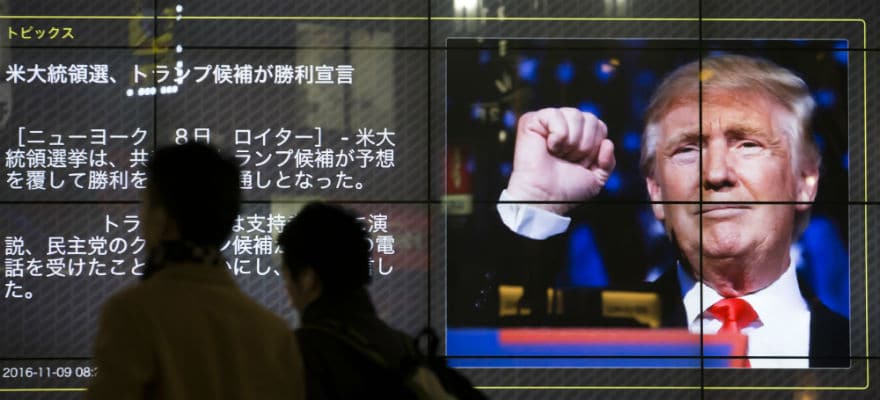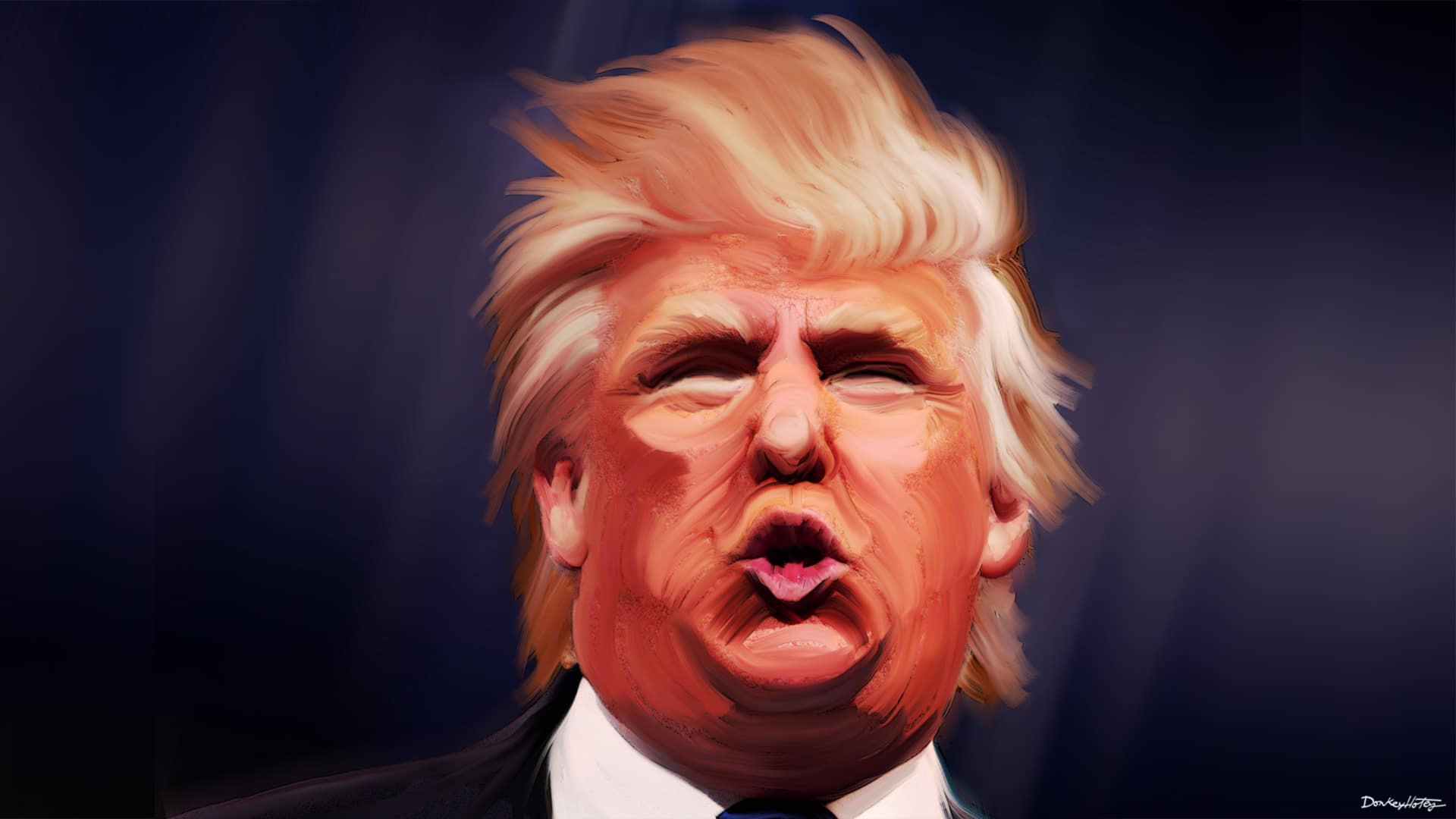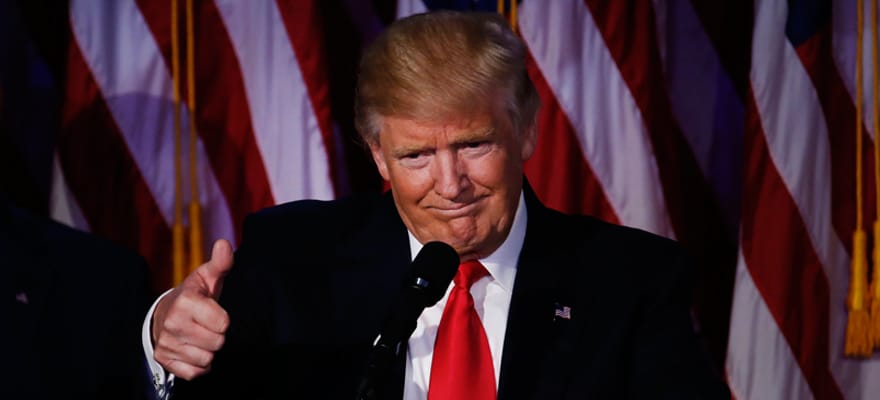It is estimated that 8 trillion U.S. dollars have evaporated earlier this week from global equity markets since the decline triggered by the China’s currency devaluation a couple of weeks ago. There had been an unusual calm prevailing in the markets throughout this year up until recently. However, there were signs of a loss in momentum as the S&P 500 Index had been in a range trading at oversold levels prior to the sharp decline, while only less than 30 percent of the stocks in the Index were trading above their 50-day moving average.
The catalyst that eventually lead to a massive, top down, panic selling, causing the S&P 500 to enter a correction mode for the first time since 2011, was China’s currency devaluation followed by similar actions from other emerging markets, as discussed in our previous article.
Rising Volatility
The Shanghai Composite Index lost half of its value since the middle of last June after a renewed sell-off on Wednesday, even after the People’s Bank of China (PBOC) further cut borrowing costs as well as lenders’ reverse ratios, recording its steepest five-day loss since 1996. It did manage however, to recover some of its losses as it rose by 5 percent to 3,083 yesterday and nearly by an additional 5 percent today, climbing up to 3,232. Even though in the past there was not much correlation between China and the rest of the equity markets, the contagion spreading into global markets during the last few days indicates a major shift towards strong recoupling, especially with the U.S. market, suggesting that it could eventually derail domestic economic growth.
While this correction may have just been a repricing process which will eventually bring asset prices lower and closer towards fundamentals, markets potentially have plenty of room to drift much lower towards levels where value will be created when the market finds a bottom. Following the hugely abrupt fall of last Monday and Tuesday, the S&P 500 had the most impressive 2-day rally since 2009 during the last two session, however it remains to be seen if the recovery from the lows is sustainable. The two main factors for this remarkable recovery of the last two days have been: (1) the comments of the President of the New York Federal Reserve, William Dudley, that the decision to begin rising interest rates during September’s FOMC meeting now seems less compelling than it appeared to be a few weeks ago, (2) a better than expected GDP figure of 3.7 percent for the U.S. economy was reported yesterday, exceeding all analysts’ expectations.
The volatility during last night’s session has been quite remarkable, however, with stocks rallying during the first half of the session on the back of the good news for the U.S. economic growth, then taking a dive around midday and rallying again during the last hour to end up 2 percent higher. If this spike in volatility endures in the medium term, it could potentially cause a deterioration in the trend, shifting it from bullish to neutral bearish. From a technical analysis point of view, the important level of 1,940 for the S&P 500 being the 61.8 percent Fibonacci retracement level from the 1,820 low of October 2014 and the May 2015 high of 2135, must be kept intact.
In fact, on Wednesday night the Index managed to close exactly at the 1,940 level and eventually climbed even higher last night up to 1,987, however it must remain above the 1,940 level, in order to preserve the uptrend that began last October.
The Fed's Rate Hike
So how is all this correlated with the Fed’s plans to raise interest rates? Although Fed officials do not like to link their actions to the equity market situation but rather focus on domestic growth, solid employment and inflation outlook, the correlation between China’s economic policy actions and those of the rest of the emerging markets and consequently the U.S., is becoming more evident.
The case for raising interest rates appear to be a moving target these days as global market volatility and nervousness returns, starting from China and spreading over the emerging markets region and subsequently the developed world, making the U.S. rate hike argument difficult to defend. Economic shock is coming from the emerging world and not from the U.S. or Europe, therefore the question is whether the proper policy circuit breakers are in place to halt further declines as markets now mainly rely on PBOC to take all policy actions rather than the Fed or the ECB. The state of the U.S. economy still seems to be intact especially after yesterday’s GDP figures, however a spill-back from the global/emerging economies’ financial disruption to the economic performance and stability of the developing world, will ultimately hurt the U.S. economy as well.
Even though raising rates from near zero levels would offer the Fed the necessary ammunition for reacting against future crises, acting so prematurely could prove to be a huge mistake. There are great examples of rate hike failures in the past fifteen years, such as those of Japan in 2000, Sweden in 2010 and ECB in 2011. Furthermore, fifteen central banks out of the 34 countries included in the Organization for Economic Cooperation and Development (OECD) that increased interest rates since the financial crisis of 2008, were forced to reduce them afterwards.
In the case of the Fed, there was a window of opportunity for raising interest rates up until three weeks ago while conditions were still favorable: a strong domestic U.S. economy, a global economy in a neutral state and the financial markets enjoying a state of calm and stability. This window now seems to have been shut at least for the time being, as the second and third factors are no longer in place. The Fed will therefore probably postpone raising rates next month as it runs the risk of completely destabilizing the global financial system. In fact, the market consensus now suggests that traders will see a 28 percent probability of a rate hike next month and 51 percent in December, warning that it would be a big mistake for the Fed to take such an action in the near future.
In summary, there definitely has been a climactic change with the return of stock market volatility over the last few days. It may be too soon to predict at which level the dust will settle as there is a high possibility that the markets will retest the lows recorded earlier this week. However, such big stock market movements in the past have been connected to major recessions and the Fed needs to take into account this psychological factor. On the other hand, Fed policymakers have a priority to create a cushion that would enable them to cut rates in the future in case the economy needs it, therefore they face a huge dilemma going forward.






















